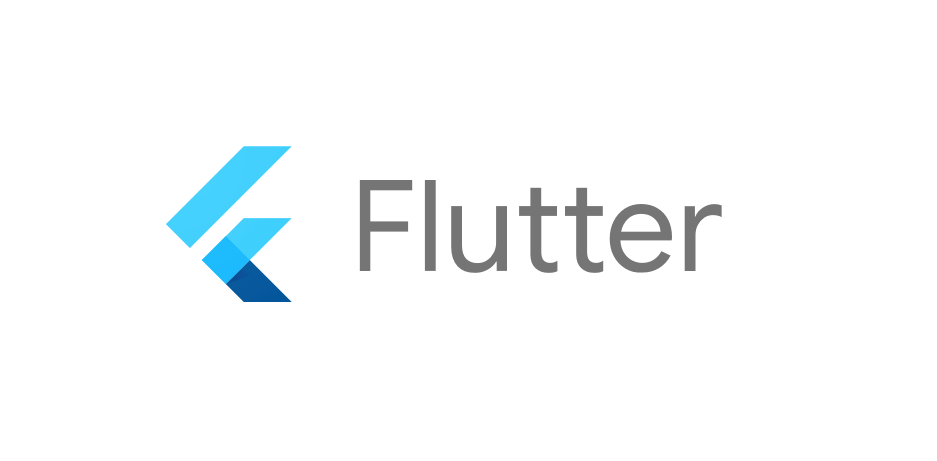
What cross-platform development framework sends your heart aflutter? There’s a good chance it’s actually Google’s Flutter.
Flutter is quickly rising to the top of the charts for cross-platform framework popularity. In 2019 Flutter was used by 30% of polled developers. In 2021, Flutter has overtaken React Native with 42% to React’s 38%. If this trend continues, Flutter is set to become the dominant framework (with over 50% of polled developers making use of it) within the year.
Regardless of market trends, having a closer look at top Flutter apps can give you a good understanding of what you can achieve with this relatively new and shiny framework by Google.
Flutter is a free and open-source framework for cross-platform mobile app development created by Google in 2017. The two main components of Flutter are the SDK (Software Development Kit) and a library of reusable UI components.
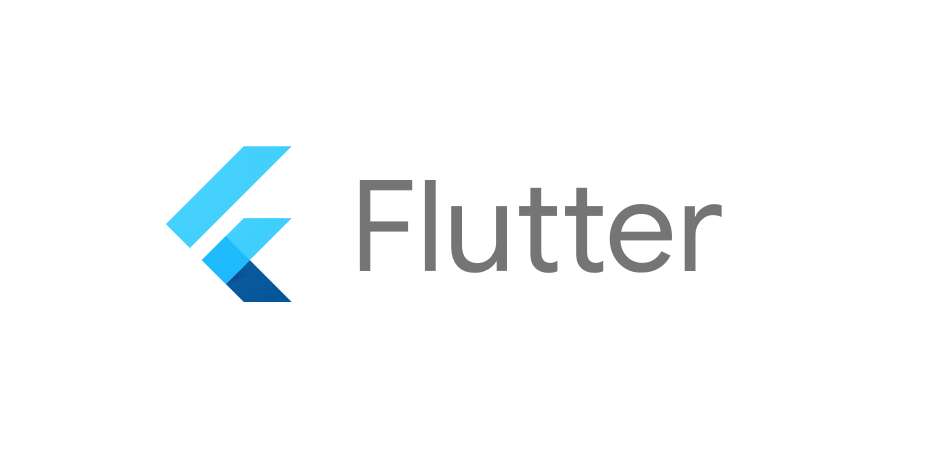
Flutter uses the Dart programming language, also by Google. Dart is similar to JavaScript but is optimized for UI. If you’re familiar with any programming language, picking up Dart should be a simple transition.
The popular IDEs (Integrated Development Environments) for Flutter development are Android Studio and VS Code. Those are full-featured IDEs that support a wide range of extensions and plugins.
There are several reasons why you should choose Flutter. Each feature individually can be found in other frameworks, but the complete package of Flutter is currently the best that software development has to offer. Even if you do not need all the features, Flutter is as good a choice as any other.
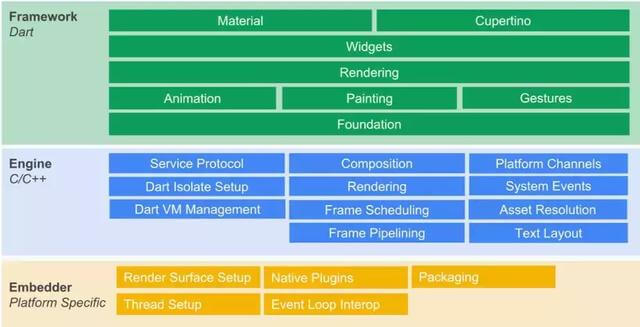
If you’re looking to target Android, iOS, and web browsers, Flutter will provide a single code-based solution to your development needs. Google is a big proponent of “code once, run everywhere,” which shows in Flutter’s design.
Flutter development is quick. You can get a minimal viable product (MVP) in a matter of weeks with a small team. And after your MVP, Flutter continues to be easy and fast to develop, producing fast time-to-market (TTM). In some cases, you might only need a single developer to build a usable app that runs on every platform. No other framework offers this kind of speed.
Still, it is essential to note that if your app is minimal, Flutter may be overkill.
Flutter has a rapidly growing community that is advantageous for future development and getting help. When you choose a framework, it is often best to go with market trends. Not only will you have a large community to rely on, but it will be easier to find developers familiar with the framework.
There are many apps developed with Flutter. It is virtually guaranteed that you’ve been using an app developed in Flutter. We’ll showcase some of the most popular apps, so you can get a feel of what you can do with Flutter.
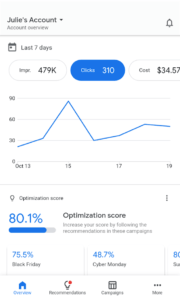
It is only natural for Google to use their framework for app development, and one of the premier examples of Flutter apps is the Google Ads app. Google Ads lets users manage campaigns and get all the information they need in one place. The user interface is clean, functional, and modern.

Alibaba is one of the largest eCommerce markets in the world. In 2017 they set out to build an app to support their top stores. With a shortage of iOS app developers, they looked for a cross-platform solution. Flutter won out of React Native by being quick to learn, and the hot reload feature. Flutter’s feature list enabled Alibaba to quickly release one of the top eCommerce apps in the market.

In December 2019, eBay launched a new eCommerce platform for cars. eBay designed the platform to allow users to buy, sell, and discover vehicles and buy and sell car parts. eBay Motors app Incorporates smart AI photo analysis to quickly identify cards from pictures along with Flutter’s responsive UI to give users an excellent user experience.
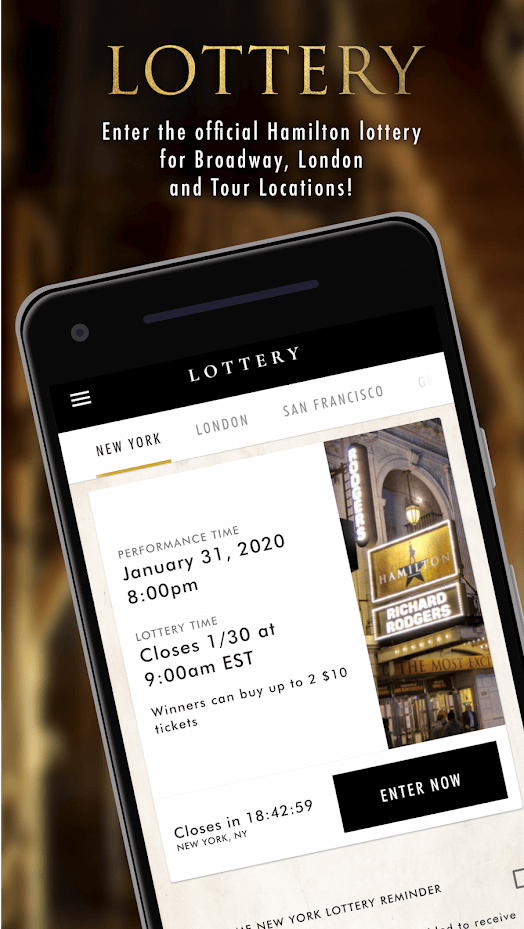
The official Hamilton Musical app is chock full of features, such as a camera and stickers, a ticket lottery, an in-app store, and even karaoke. This full-featured app would be very challenging if you needed to develop it natively on both iOS and Android. And you can’t afford only to have one with this kind of wide audience app. Flutter shows its true potential in this app, with features that would otherwise require native development to work well.
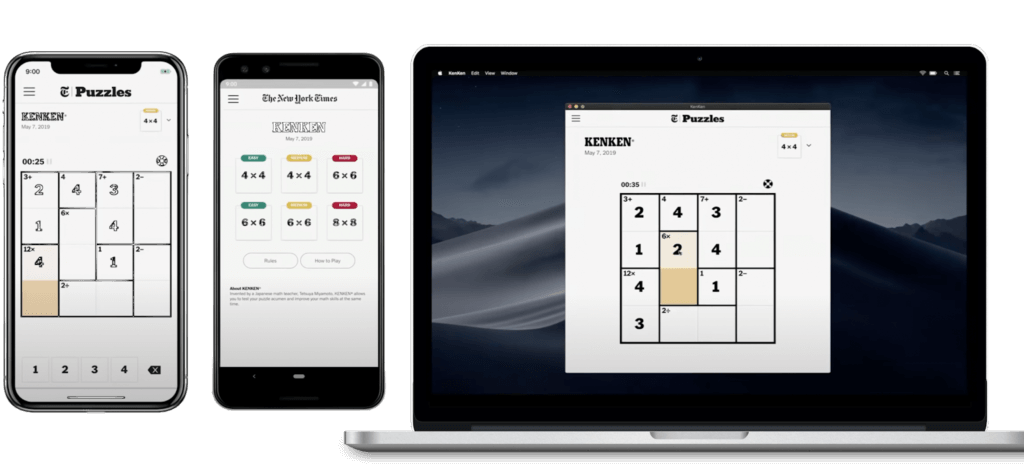
The New York Times collaborated with Google to produce this beautiful puzzle app across multiple platforms. It was showcased in Google’s 2019 developer keynote. The app demonstrated cross-platform functionality with Windows, iOS, Android, and web applications from the same code-base.
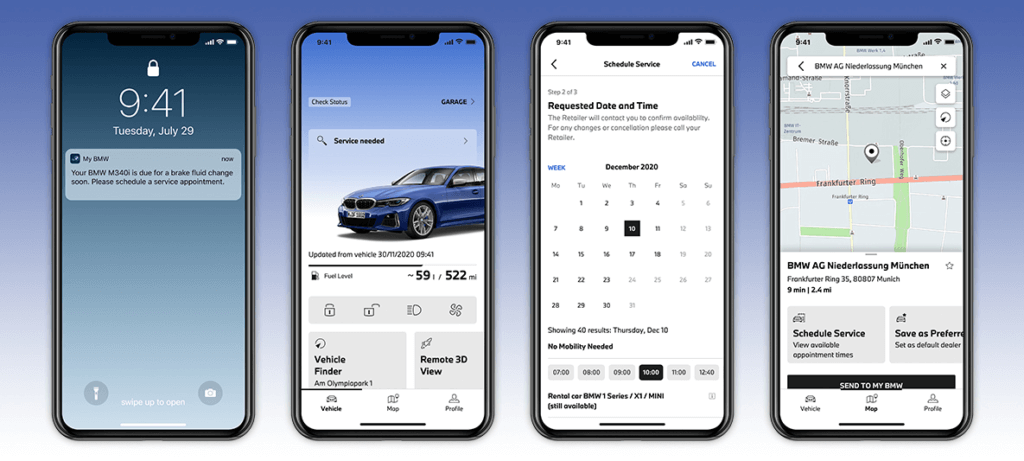
The previous version of the My BMW app was primarily developed for iOS even though it had an Android version. The two versions were different enough to have BMW look into another solution. Flutter’s cross-platform development was vital for their choice and the quick time-to-market. BMW keeps pushing new versions quickly, maintaining a high turn-around of updates, building over 10,000 versions over a year.

Abbey Road Studios launched an iOS only music studio app that became immensely popular over a short period. Soon, their social media was flooded with pleads for an Android and a worldwide app. Abbey Road Studios didn’t want to lose their momentum to a lengthy development process, so they had to come up with a quick cross-platform solution. Topline has some complex logic and OS interactions, so they also needed to make sure it could deliver on the technical front. According to Abbey Road Studios, Flutter was the ideal solution.
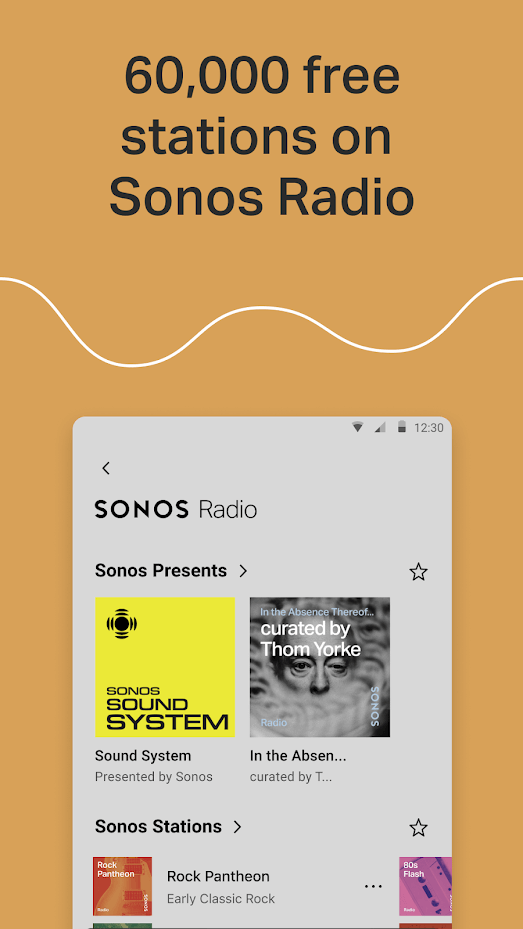
Sonos is a music aggregator connecting to other services. The idea is to have all your music from different services play in one centralized app. The nature of the app requires cross-platform development, iOS and Android, and Windows, macOS, and even FireOS. After an initial, somewhat buggy release, Sonos turned to Flutter for rapid cross-platform development. The new version of Sonos is bug-free and available everywhere.

Google Pay is another example of Google using their framework for app development. Unlike other examples on this list, there is something to be said about a payment app being developed on Flutter. Payment apps need to be as secure, responsive, and bug-free as possible. A malfunctioning payment app can be a costly affair. Google Pay being written in Flutter may be the ultimate endorsement.
There are generally few reasons to go against the grain of new frameworks. Using the hot and coming technologies helps you stay relevant, your development team stays relevant and makes it easier to hire new staff. You might consider a different framework if the scope of your project doesn’t justify changing a technology stack from what you’re familiar with or if you’re making a minimal app that could be better built using quicker but less full-featured frameworks.
It is hard to predict the future, but all signs point to Flutter being the go-to choice for most developers when it comes to app development. Yes, that’s some flattery to Flutter.